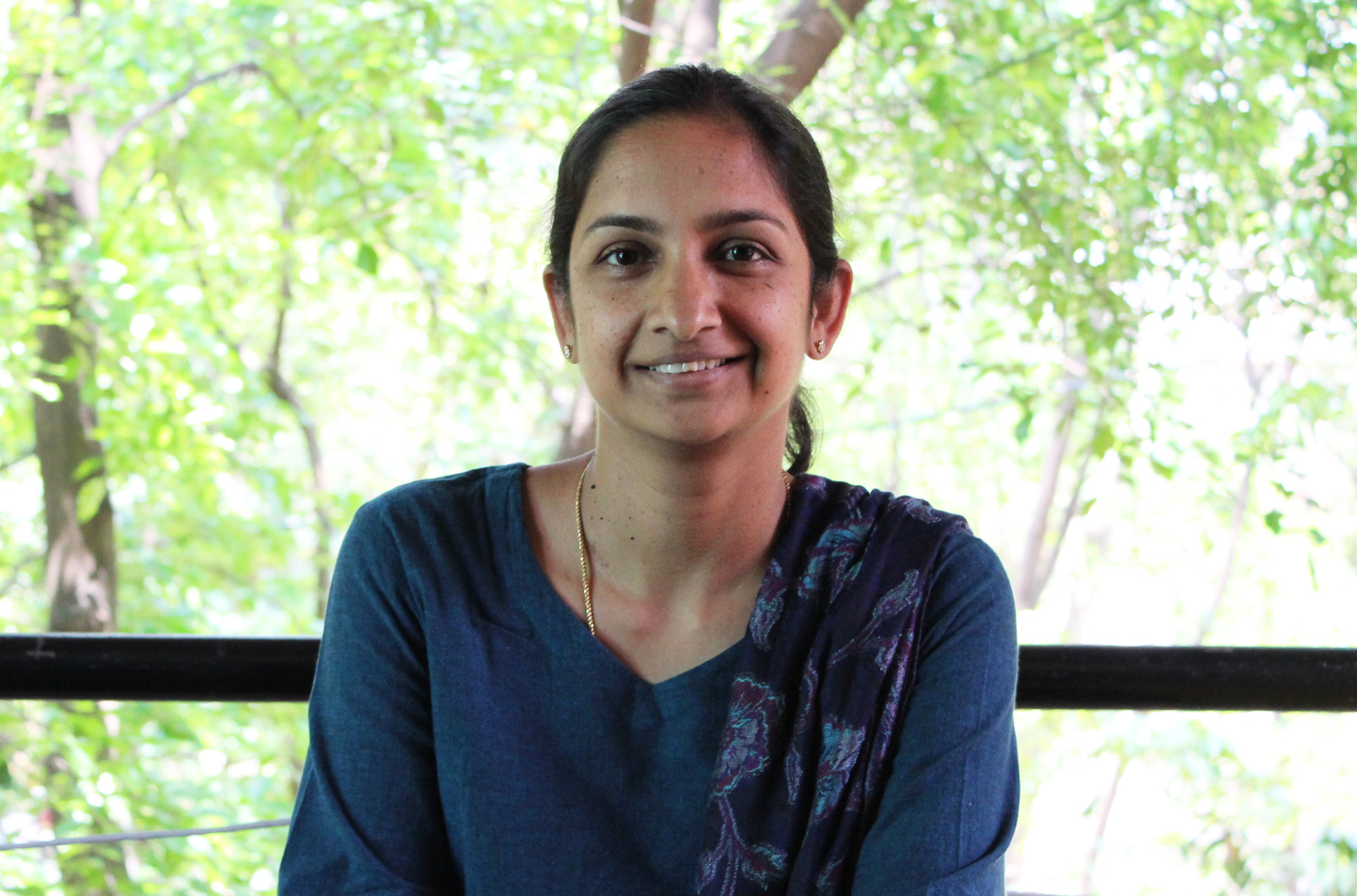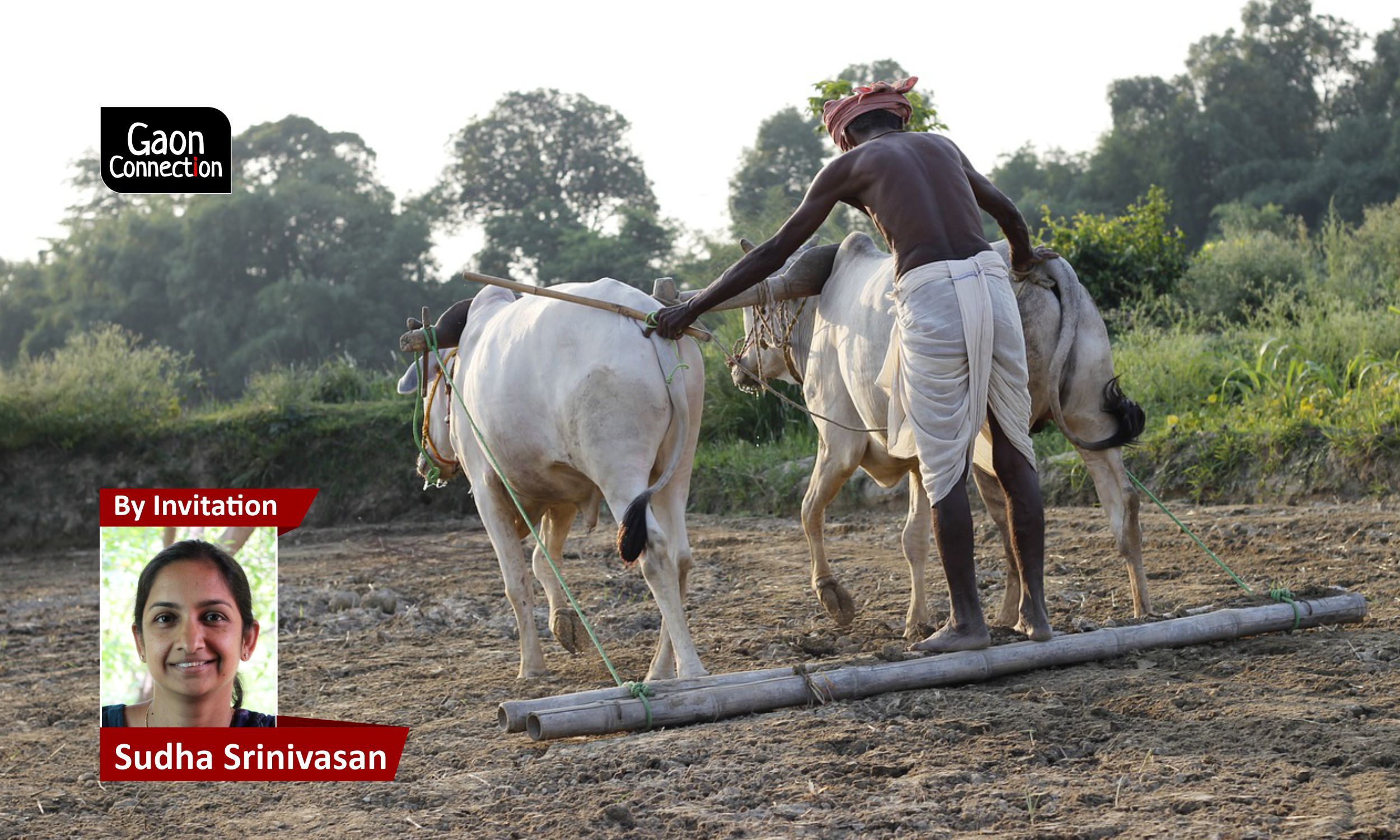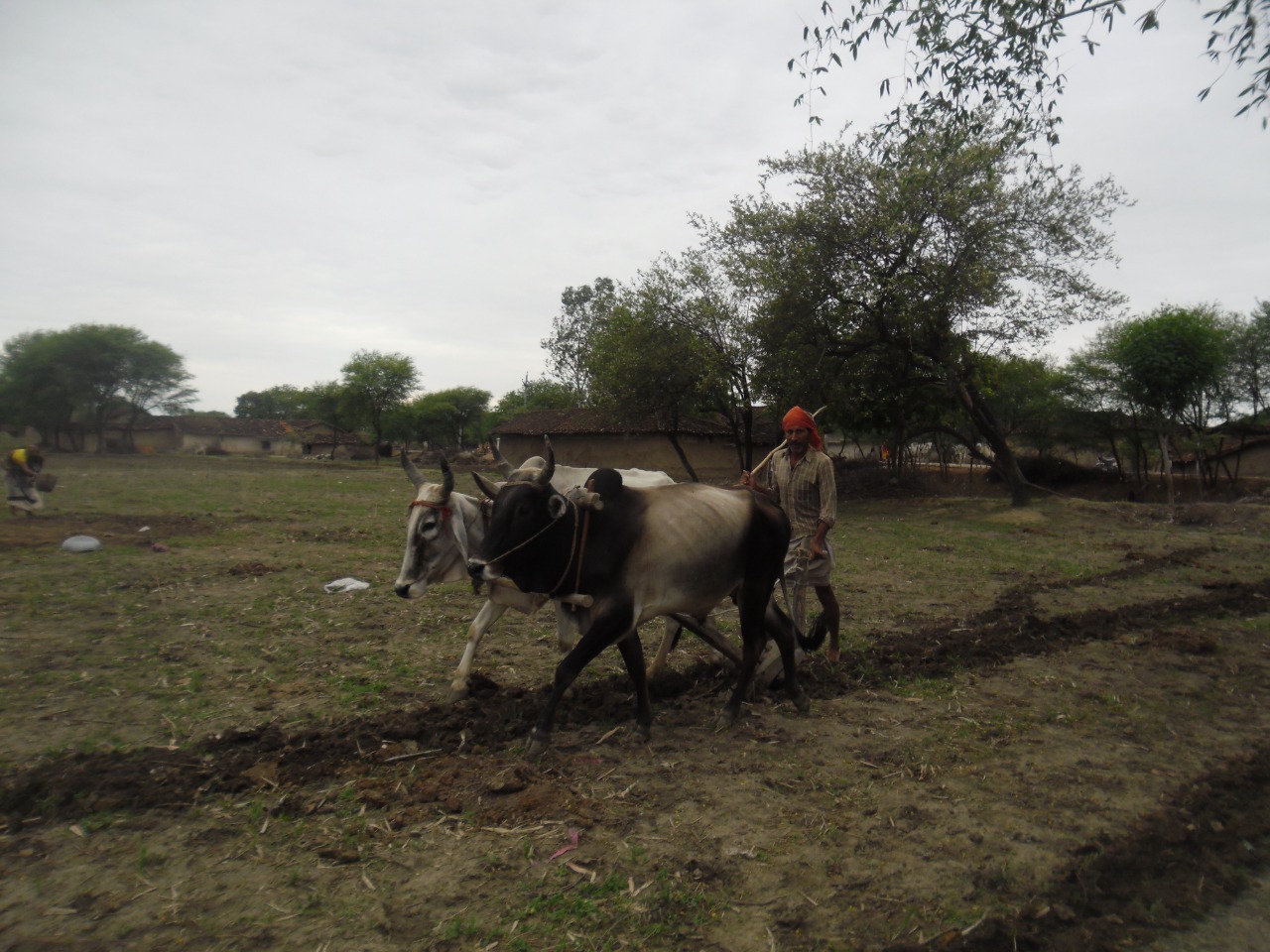Agtech is our best bet for a sustainable and inclusive agrarian economy
What will agriculture in India look like in 2030? Will we finally be able to make farming profitable for all of India’s 130 million farmers? Or will the vast majority of small and marginal farmers continue to be left behind? The key to these answers lies in the growth of Agtech.


Over one fifth of rural farming households have income less than the poverty line. Photo: Pixabay
Small landholding farmers, with under two hectares to their name, have for decades been underserved. Forming nearly 86 per cent of the country’s total farmer population, nearly 50 per cent or around 65 million farmers are unable to borrow from any source of credit, formal or informal. NSSO (National Sample Survey Office) data also shows that over one fifth of rural farming households have income less than the poverty line.
But why are banks so reluctant to lend to small farmers? According to a study by the Rabo Foundation, MSC and ThinkAg, factors include the high cost of servicing, due to these farmers being located in difficult to reach remote areas, and a perceived high risk of default. Banks also find it hard and uneconomical to gather and verify farm level data for small farmers. Most of them do not have proper cash flow information and credit history to boot.
While a lack of access to credit might be the most pressing issue, small and marginal farmers today face a lot of varied challenges. Low-yield crops planted over fragmented landholdings, limited processing of products and poor farm infrastructure are only some of the major issues. Added to this is the overuse of freshwater resources, land and increased greenhouse gas (GHG) emissions.
Also Read: The tihaiya farmers of Vindhya region caught in a cycle of debt and destitution
This is where Agtech can play a vital role. From farm management, data analytics, to input and output marketplaces and agri financing, Agtech has a lot of avenues to explore, all of which are critical to small and marginal farmers.

Agtech outlook
The long term outlook for Agtech may be one of strong growth, statistics for 2020 however show a mixed picture. Capital flows at $409.5 million, were down 35 per cent compared to 2019. Forty two Agtech firms managed to raise investments in 2020 as opposed to 58 in 2019. However, most investors and firms firmly agree that 2020 is just an anomaly and the outlook continues to be overwhelmingly positive.
ThinkAg, in its investment report for 2021, bolsters this argument by reporting increased participation by private equity and growth investors as well as greater interest among angel investors as the hallmark of 2020. They also highlighted the emergence of e-commerce companies as strategic investors in output supply chain Agtech companies with Alibaba and Flipkart (Walmart), emerging as the two largest Agtech investors for 2020.
Omnivore, in their Vision 2030 report, predict for small farmers, the adoption of rental and pay-as-you-go models for farm equipment, increased affiliation to producer organisations like NABARD (National Bank for Agriculture and Rural Development) which will enable sharing of assets and other innovations, which, supported by a bullish Agtech outlook, can help bridge the divide between the country’s large and small landholding farmers.
On the receiving end of investments are Agtech startups exploring some cutting edge solutions tackling problems of credit access, affordable IoT enabled services, and crop yield. Startups like Oorja specifically target smallholder farmers, offering farming-as-a-service models in which they finance, install, operate and maintain off-grid distributed solar energy systems such as cold storage and milling services for community use.
Others, like Whatsloan, are focusing on neo-lending digital platforms that offer digital and secure access to loans with a unique digital financial identity and reducing loan processing cost by 90 per cent and turn around time from weeks to minutes. Some more, like Bioprime agrisolutions and Hi7 Agri Biosolutions, are innovating at the biotech level to offer affordable micronutrients that not only increase stress resilience of the crop but also show a visible increase in yield.

Agtech and sustainable agriculture
As the Indian Agtech market matures and we move beyond adapting existing technologies from other geographies to an Indian context, it is important also to not lose focus on sustainable agriculture. Efforts like the Cisco Agri Challenge seek to combine farmer centric efforts with sustainable solutions.
Also Read: Portable polyhouse puts the smile back on faces of marginal farmers in the hills
With the availability of technologies like gene-editing, nutraceutical manufacturing and biotechnology based applications like metabolic engineering, Agtech startups must incresaingly look at tackling sustainability challenges such as greenhouse gas emissions, high water requirements and other environmental challenges. Startups like Boomitra and Takachar, for instance, are rising to the occasion to address the massive issue of stubble burning by incentivising the utilisation of crop residue, thereby fighting climate change while also increasing farmer incomes.
Farmer-centric solutions are key to achieve sustainable development goals by 2030. We all win when the sector can focus on increasing the capacity of the producer, ensuring their livelihood and all in a manner that is not in conflict with the needs of the planet.
Sudha Srinivasan is the CEO of The/Nudge Centre for Social Innovation which has incubated 100+ social-impact startups since 2017, to solve India’s most pressing developmental challenges. The Centre also runs programs like Indian Administrative Fellowship that leverages public-private partnerships to drive systemic change.
(Views are personal).

